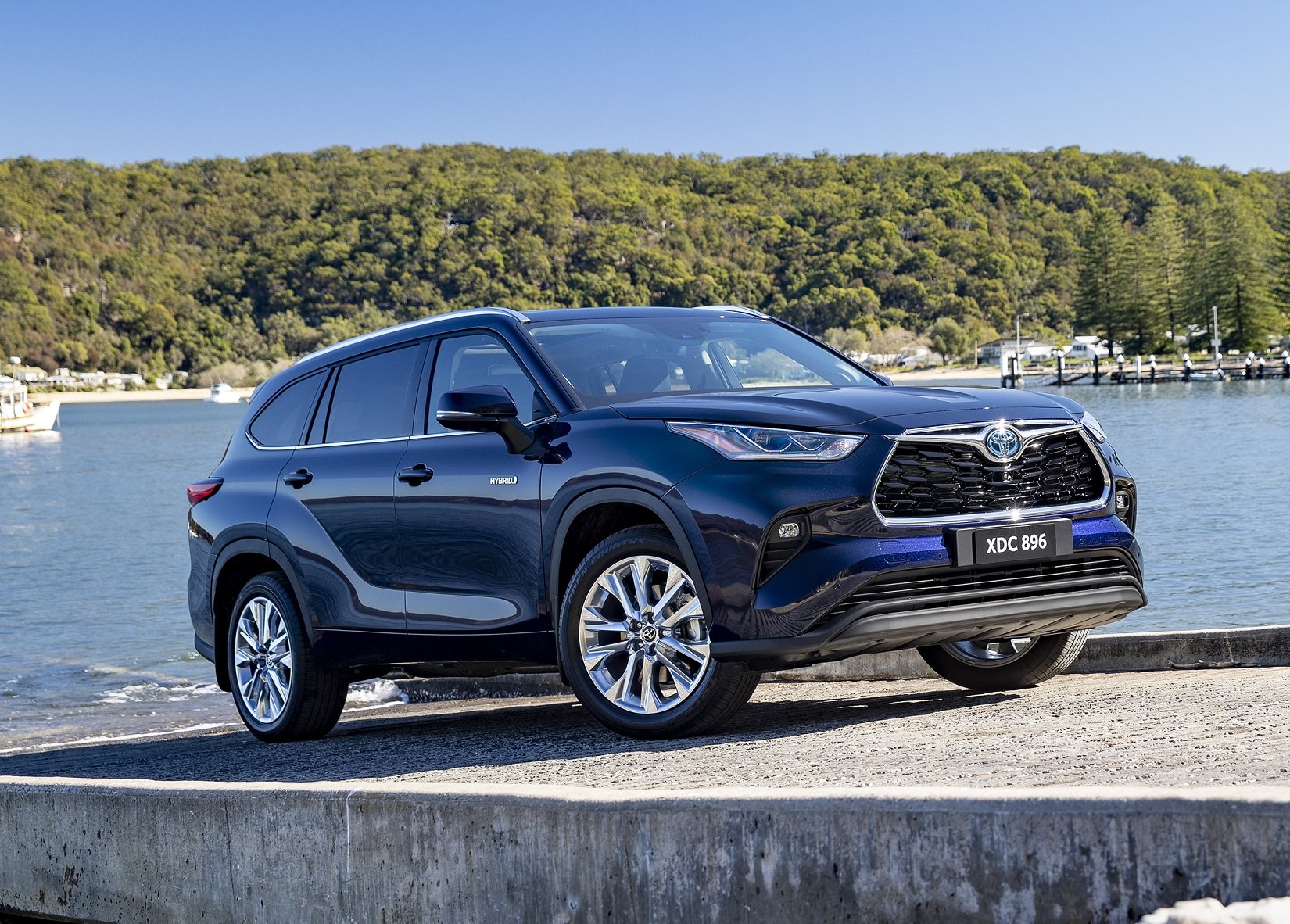Can additives clean carbon deposits from a modern direct injection engine?
Have you ever wondered about the (seeming) epidemic of modern engines that get carbonised? Where sludge builds up in the inlet manifold and the inlet ports in the head? What factors contribute to this problem, and how can you avoid/prevent it?
Listen to this report as a PODCAST
QUESTION
Hi John, I have a Renault Clio RS Sport about a year old and it is having the first service after the very first free check up last year.
The service department reported that intake manifold has carbon deposit build up and need to be cleaned out at a cost of $190 (normally $250).
They said that car needs to be driven long distance to prevent build up. I had recently travelled to Sale, Victoria and back in FEB 2020. Should I believe this? Can I use an additive to clean deposits if indeed deposits exist? Thank you for your attention. - Frank
ANSWER
Mate you need to understand how intake in a modern engine works.
You car has direct injection. It’s like most new cars today. (I owned a Clio RS - it was awesome. Last of the manuals. Insane cornering machine.) Anyway, with direct injection, a fuel injector sits inside the combustion chamber. It injects fuel directly into the chamber, at exactly the right time, with the valves closed, hence the name. Injection directly into the chamber.
Fuel is thus completely separate from the inlet air system.
In the older, port-style fuel injection system, a far less hi-tech injector was located in the inlet port, right on top of the inlet valve. (This tended to wash the valve - by spraying the valve more or less continuously with fuel, which is a powerful solvent. But it was a fairly wasteful and imprecise way of delivering fuel.)
So, with direct injection, only air goes into the inlet system. Crankcase vapours are also sucked in (via the PCV system - for ‘positive crankcase ventilation’), and some exhaust gas is recirculated (that’s called ‘EGR’ - exhaust gas recirculation). More on EGR.
Although they are coarsely filtered, crankcase vapours tend to be a bit oily, and recirculated exhaust gas can be a bit hot (even though it’s water-cooled). So, if you mix the oily vapours and the hot EGR, you can burn the oily vapours to carbon and give the inlet manifold and ports the equivalent of atherosclerosis.
It’s impossible for additives in the fuel to clean the intake air system, because these two systems are completely separate. It’s hard for me to see how an additive in the oil could help either. If the engine oil is getting diluted from cylinder blow-by (common in engines that do only short trips and don’t run for prolonged periods at their full operating temperature) then the two possible interventions are A) start doing longer runs, say once a fortnight, or B) change the oil twice as often.
The inlet manifold can be mechanically cleaned if the problem is severe, but I’d locate the cause of the problem (defective PCV valve, etc) and intervene there, otherwise it’ll just keep happening.
This problem commonly happens a lot if the EGR or PCV systems are defective or badly designed - so premature profound carbonisation is often symptomatic of a problem with PCV or EGR.
If you don’t drive on the open road much (for about an hour a fortnight, ballpark) the oil gets pretty contaminated (with blow-by - mainly water, soot and unburned fuel). The PCV vapours get a bit filthier than usual, and the oil gets thinned out, and this can lead to the formation of an oily, sooty deposit in the inlet tract, which is a good idea to clean up before it gets serious.
This is due to the hi-tech miracle of blow-by. The contaminants are mainly water, soot and unburned fuel. They blow by the rings.
AutoExpert DISCOUNT ROADSIDE ASSISTANCE PACKAGE
If you’re sick of paying through the neck for roadside assistance I’ve teamed up with 24/7 to offer AutoExpert readers nationwide roadside assistance from just $69 annually.
Plus there’s NO JOINING FEE. Full details >>
AutoExpert DISCOUNT OLIGHT TORCHES
These flashlights are awesome. I carry the Olight Warrior Mini 2 every day - it’s tiny, robust, and super useful in the field or in the workshop. Olight is a terrific supporter of AutoExpert.
Use the code AEJC for a 12% discount >>
If you’re wondering where the water comes from it’s just basic chemistry: Fuel plus oxygen (equals burning) goes to water and CO2. It’s hot in there, obviously, so the water exists as steam, which blows by the rings and condenses to liquid water in the crankcase, when you shut down, later.
The PCV vapours get a bit filthier than usual when the oil is contaminated, and this can lead to the formation of significant oily, sooty deposits in the inlet tract, which is a good idea to clean up before it gets serious and impacts engine performance. It’s a problem mainly for engines that do only short trips and lots of cold starts.
The EGR tends to bake it all in there - but this tends to be more profound on a diesel, which does a lot more volume of ERG as a proportion of total operational flow.
Going for a drive to Sale once a year - insufficient. The open-road driving has to be regular. (Same goes for DPF regeneration).
To be clear - the highway driving doesn’t clean up the contamination in the inlet plumbing. Once it’s there, it’s there. If it’s there and serious enough, you need to get it cleaned away mechanically - if the degree of contamination is likely to affect engine operation.
The purpose of the highway driving is: it purifies the engine oil and thus prevents the deposits from forming. That highway-style lean burning and sustained full operating temperature evaporates off all the water and the volatile components of unburned fuel, which exit via the PCV.
If you’re not going to do regular highway driving, get your oil changed more often - say twice a year - but still try to get out on the highway as often as you can. 30-60 minutes routinely is a good target.
It’s pretty hard to see how an additive could hope to address this issue, mainly because fuel additives never touch the inlet air system, where the problem is. So, the purported solution and the problem never physically interact...
And finally, for all you beard-stroking Muppets who seem to think direct injection is the problem (and you know who you are - I’m sure you’ll be down there, in the comments, telling me how awesome carburettors were: The only thing multi-point fuel injection did (the older kind) was wash the inlet valve. The manifold and the port still got gummed up.
Carburettors did wash everything, but they basically doubled your fuel bill, and they were hideously unresponsive - so there’s that.
Oil dilution, carbonisation of the inlet system - it’s actually as old as engines. PCV systems have been around since the early 1970s. EGR is hardly new, either. Highway running has always been the primary line of defence against carbon-based inlet atherosclerosis.
About the only thing that has changed is ring tension in the bores - they backed that off quite a bit over the past decade or so, mainly to fight internal friction and improve fuel economy - but it does allow greater blow-by.
Nobody ever gives engine designers the credit they deserve for saving you money on fuel. Compared with older engines, modern engines deliver the same performance with half the capacity and half the fuel consumption. And yet, people still find reasons to bitch about it. I do love human nature…











If you think Great Wall Motors can come along and offer a cut-price Toyota Prado on its first attempt, there are some glaring issues you need to consider before dropping your money on this LandCruiser lookalike.